Really, it is an incredible instrument.
I was looking to getting a Subsequent 37 for a long time and, although I was very attracted to the idea of the Matriarch, I felt like I may regret having a synth without presets. With something like the Matriarch it is especially easy to end up with very complex patches that you'll never find again without writing all of the specifics every time, and that can be prohibitive to creativity if you want to keep experimenting during play rather than taking constant notes.
In reality, though, I haven't cared about this at all and the way this synth lends to experimentation is just endlessly rewarding, even if surely the results may often be lost or forgotten.
The core sounds are beautiful and with a little patching it can get really, really nasty in the best ways! The simple oscillators can be made very complex via the various ways that modulation can be routed to the FM and pulse width ins on each one, and the overall architecture just allows for so many possibilities!
I am very pleased that a sample & hold was included in the modulation section, and the slewed waveform there allows for very interesting textural movement in the filters and oscillators, and for some of the most beautiful "tape" delay sounds I have ever heard when patched to the delay time.
When I first got this I had no experience of modular synthesis and I had no idea what I was doing with the patch points, but it is set up in a clear and intuitive manner and just a little experimenting blew my mind open in realising what could be done, and it was like the excitement of a child in some vast candy store when thinking about what flavours I could try next!
naturally, Matriarch led me quickly toward building a small modular system. Due to space constraints and a wish to learn the individual modules and their own small groups, my focus for several weeks was away from Matriarch and just on the Make Noise and MI stuff that I ended up with.. I got so carried away with all of that and discovered so many complex and interesting sounds, that I felt maybe I should have gone straight to fully modular and that I'd regret having bought the Matriarch, but then last week I got it set up again and instantly knew there was no regret at all! I had figured thing out a little better and now had so many new ideas of how to patch the Matriarch and bring the new modular family into play, but even the nights I spend with just Matriarch are constantly inspiring and have me never wanting to turn it off and sleep.
What a wonderful instrument, and what an expansive sonic playground. I would certainly recommend it to anyone who wants an analogue synth capable of going that way extra, and offering the possibility of expansion as part of a larger system. It's not cheap, but for the price I think this is a seriously good deal considering how much you can do once you learn how to really dig in. 100% one of the best investments I have made for music gear


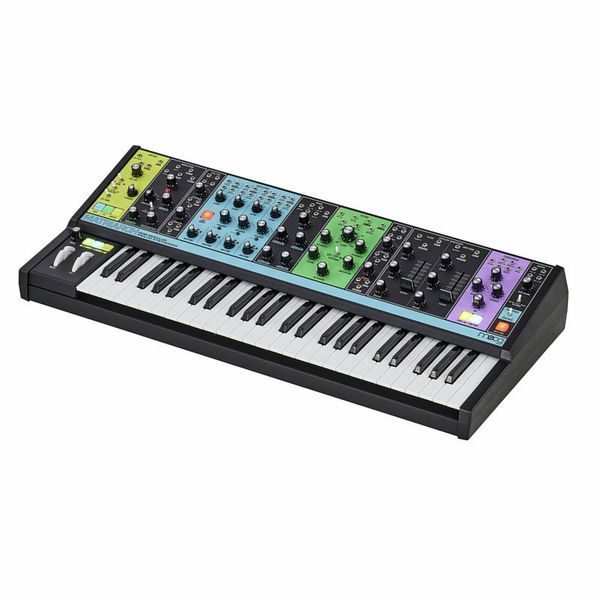

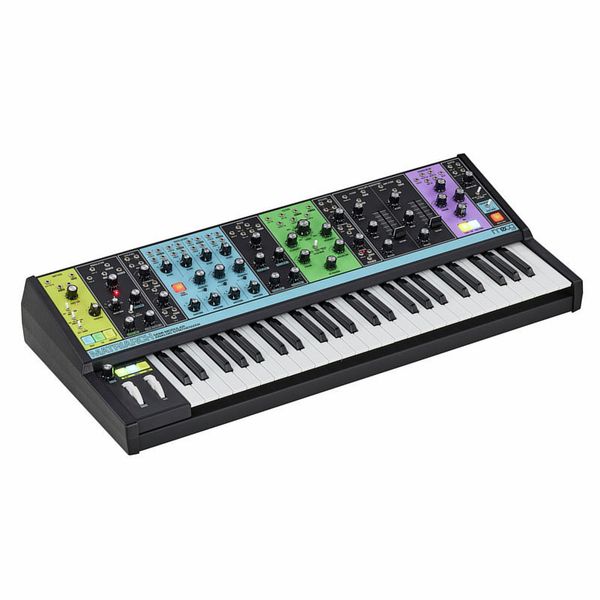
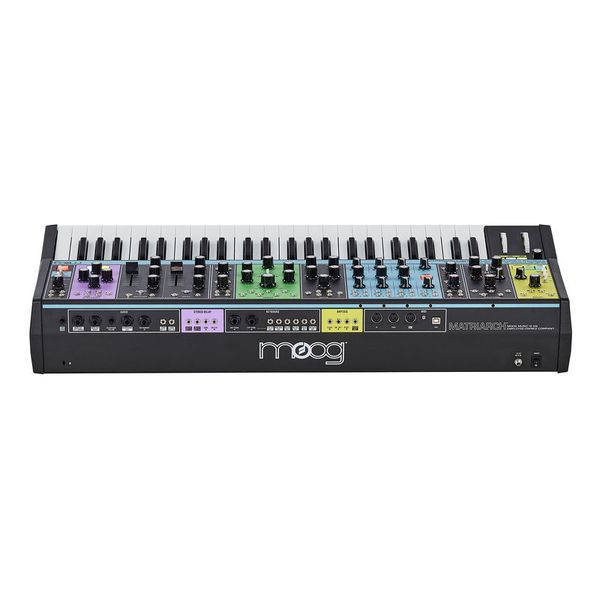
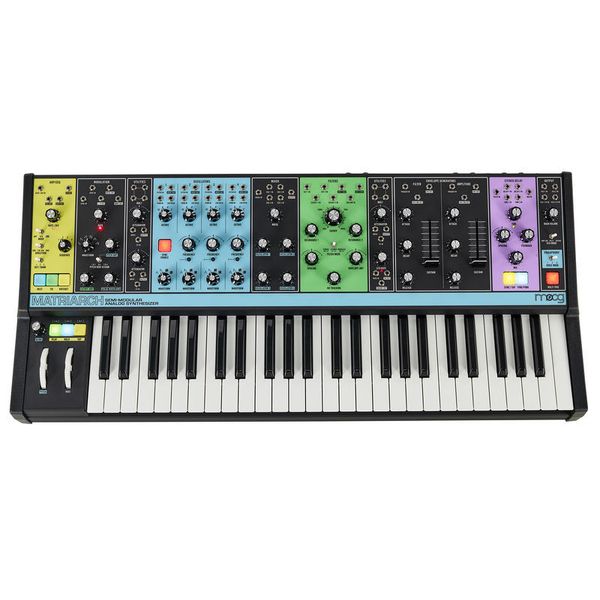
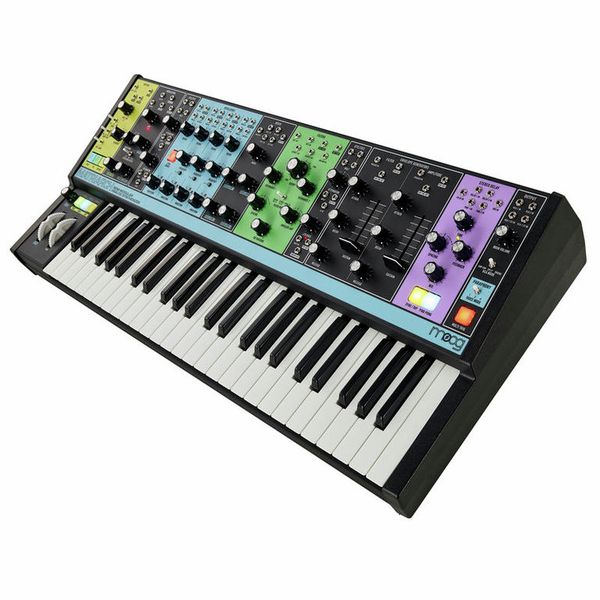
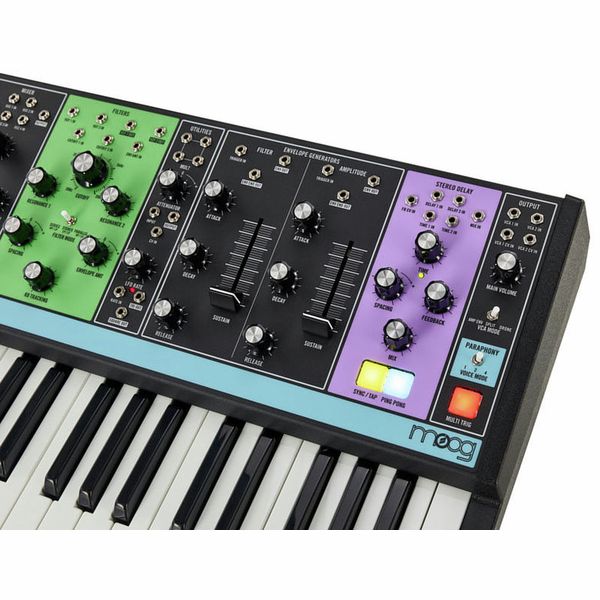
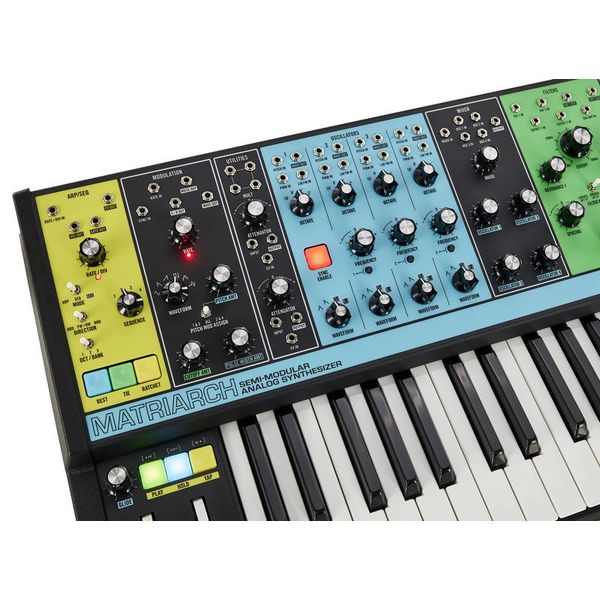
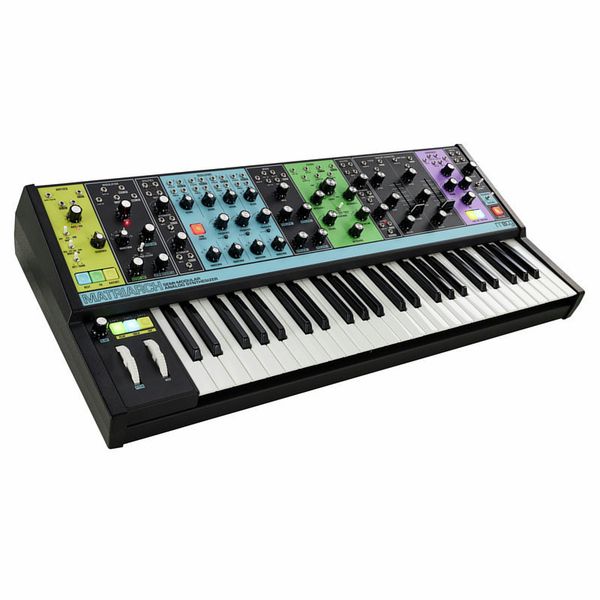
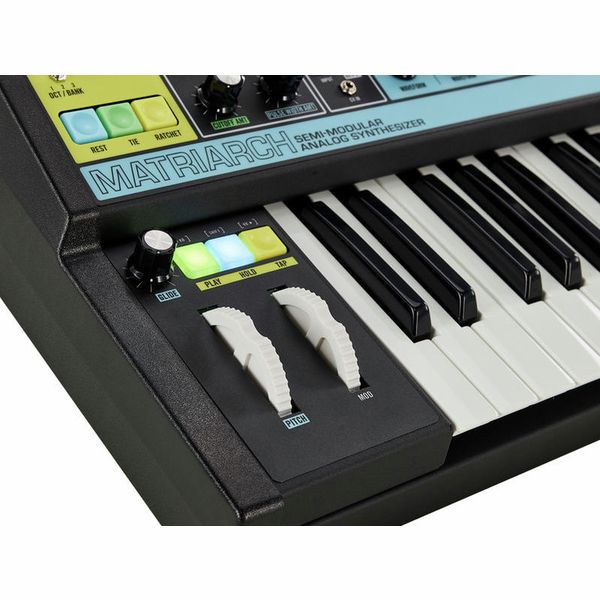
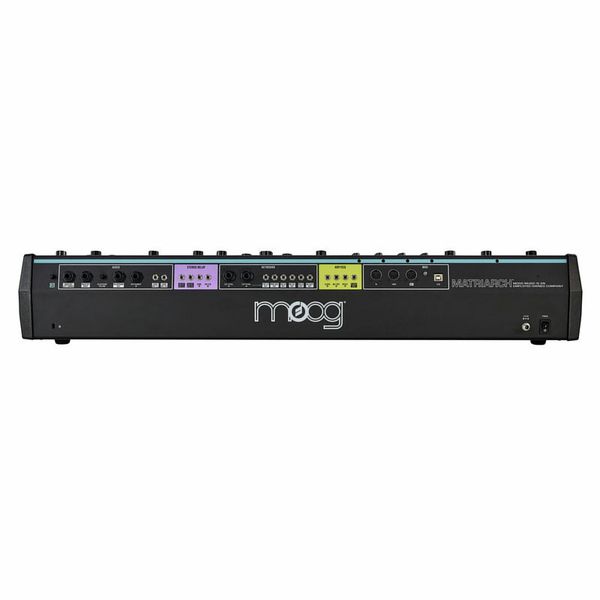

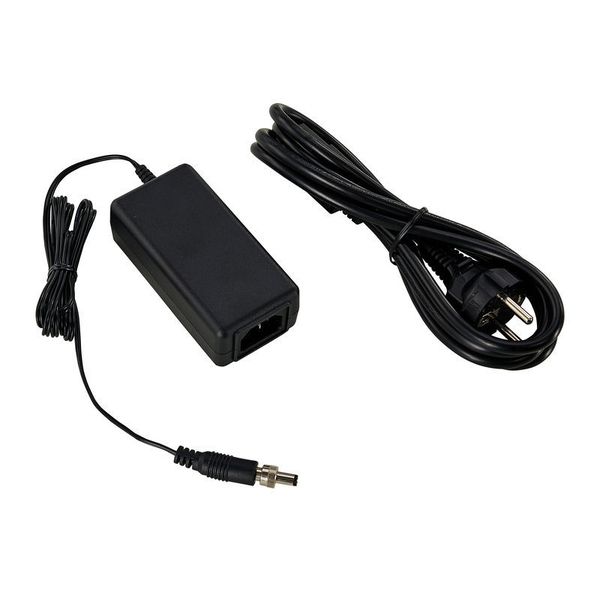
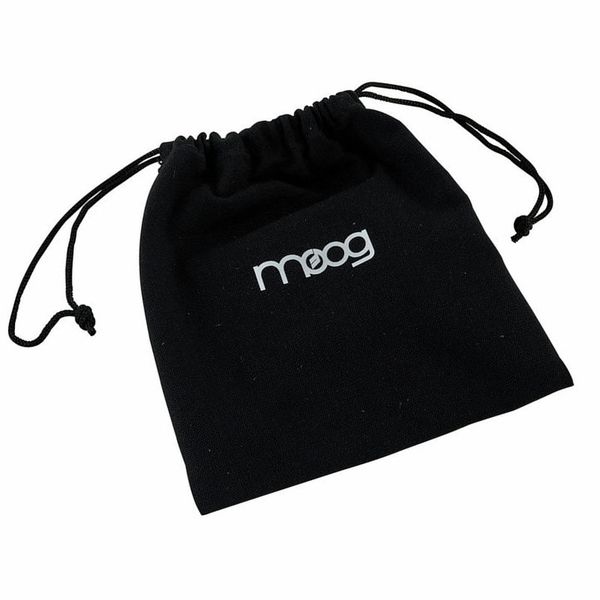
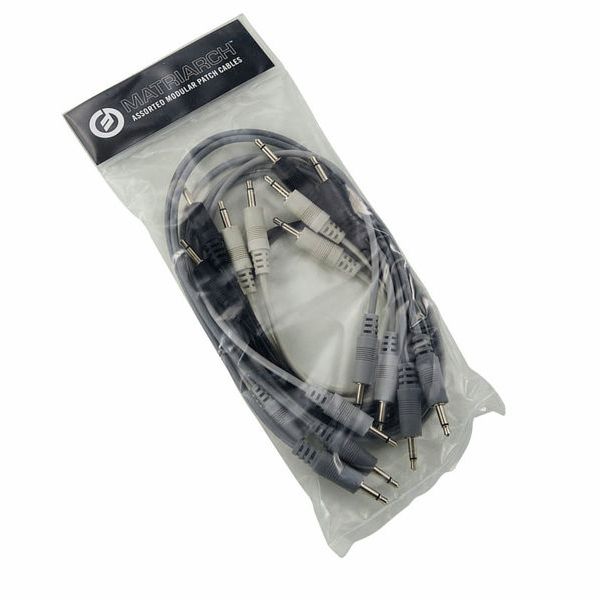



















)
)
)
